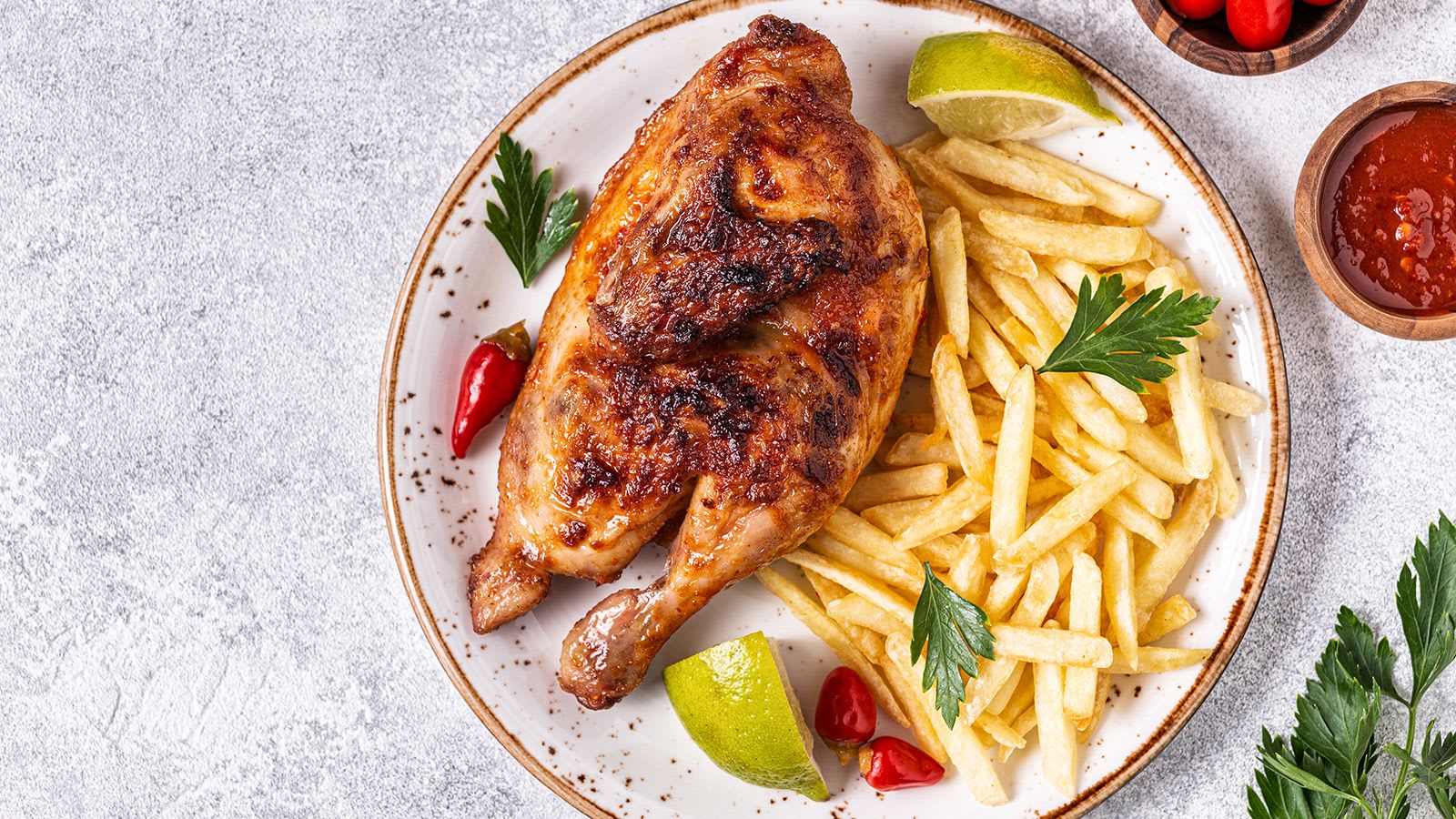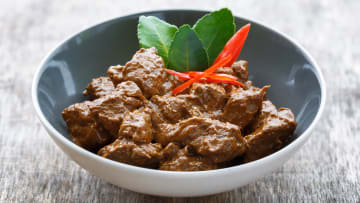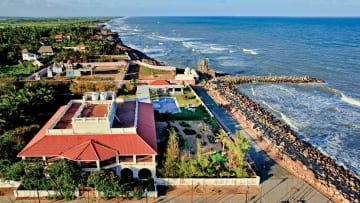دبي، الإمارات العربية المتحدة (CNN)-- عندما يتعلق الأمر بأفضل الأطباق الحارة في العالم، يجب علينا توجيه الشكر لأفضل أنواع الفلفل الحار، إلى جانب تاريخ البشرية الطويل المحب للتوابل.
وأفاد المؤلف الهندي، سوراف دوت، الذي يؤلف كتابًا عن الأطعمة الحارة في شبه القارة الهندية: "من الواضح أنّ الطعام الحار، أو الأطعمة المتبلة على الأقل، سبقت فكرة البلدان ومأكولاتها بفترةٍ طويلة جدًا".
كما أضاف: "يتمتع كل مكوِّن حار بسلفٍ بري. وللزنجبيل، والفجل، والخردل، والفلفل الحار، وغيرها (من المكونات) أسلاف أدت إلى إستئناسها".
فيما يلي 7 أطباق حارة يسيل لها اللعاب من جميع أنحاء العالم:
سلطة "سوم تام"، تايلاند
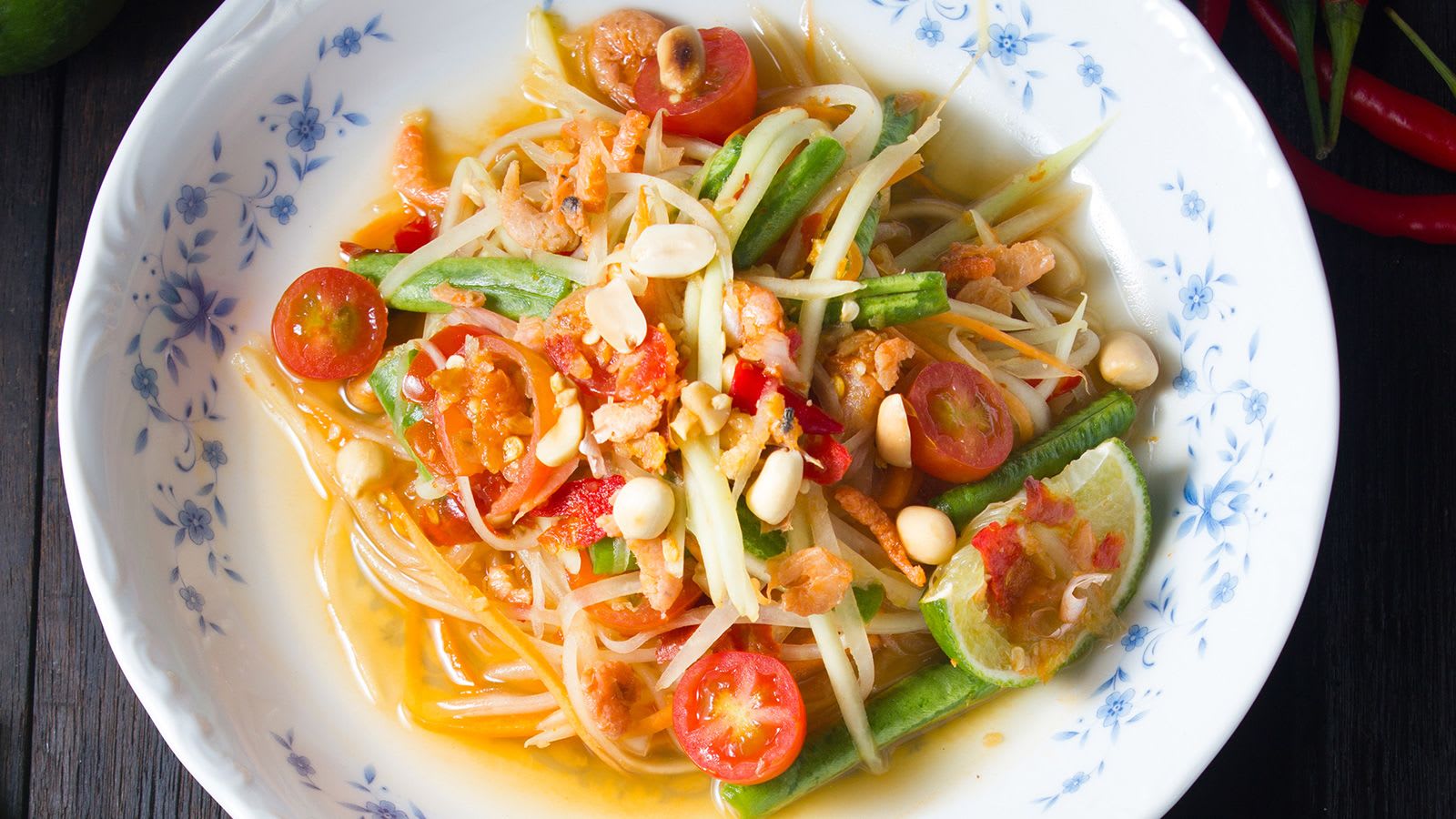
تأتي هذه السلطة الحارة من مقاطعة إيسان المحبّة للتوابل شمال شرق تايلاند، وهي طبق أساسي في المطاعم التايلاندية حول العالم، وتحظى بشعبية كبيرة أيضًا في لاوس المجاورة.
وتشكل فاكهة البابايا الخضراء غير الناضجة، والتي تُقطَّع إلى شرائح رفيعة عادةً، المكون الرئيسي للطبق.
وبعد ذلك تتم إضافة الفاصوليا الخضراء الطويلة، ومزيج من المكونات الآسيوية الرئيسية اللذيذة، مثل عصير التمر الهندي، والروبيان المجفف، وصلصة السمك، ومعجون قصب السكر.
ويمنح الفلفل الحار التايلاندي السلطة النكهة المطلوبة.
دجاج "بيري بيري"، موزمبيق وأنغولا
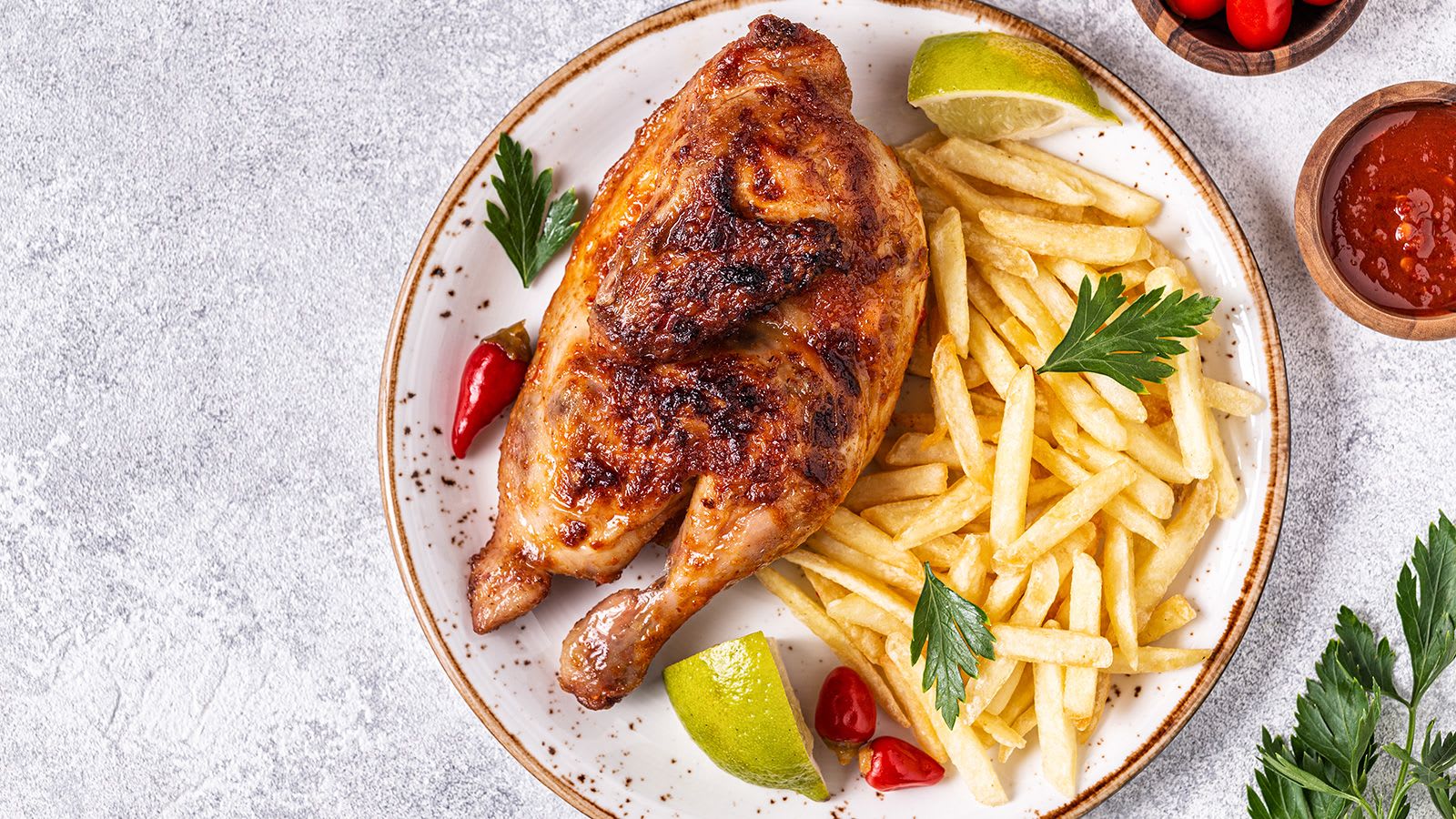
جَلَب البرتغاليون هذا الطبق الحار المعروف أيضًا باسم دجاج "بيري بيري" إلى أنغولا وموزمبيق في القرن الـ15، عندما قاموا بخلط الفلفل الحار الأفريقي مع المكونات الأوروبية.
ويحظى هذا الطبق بشعبيةٍ كبيرة أيضًا في ناميبيا وجنوب أفريقيا، إذ يمكن العثور عليه غالبًا في قائمة المطاعم البرتغالية.
"أيام بيتوتو"، إندونيسيا
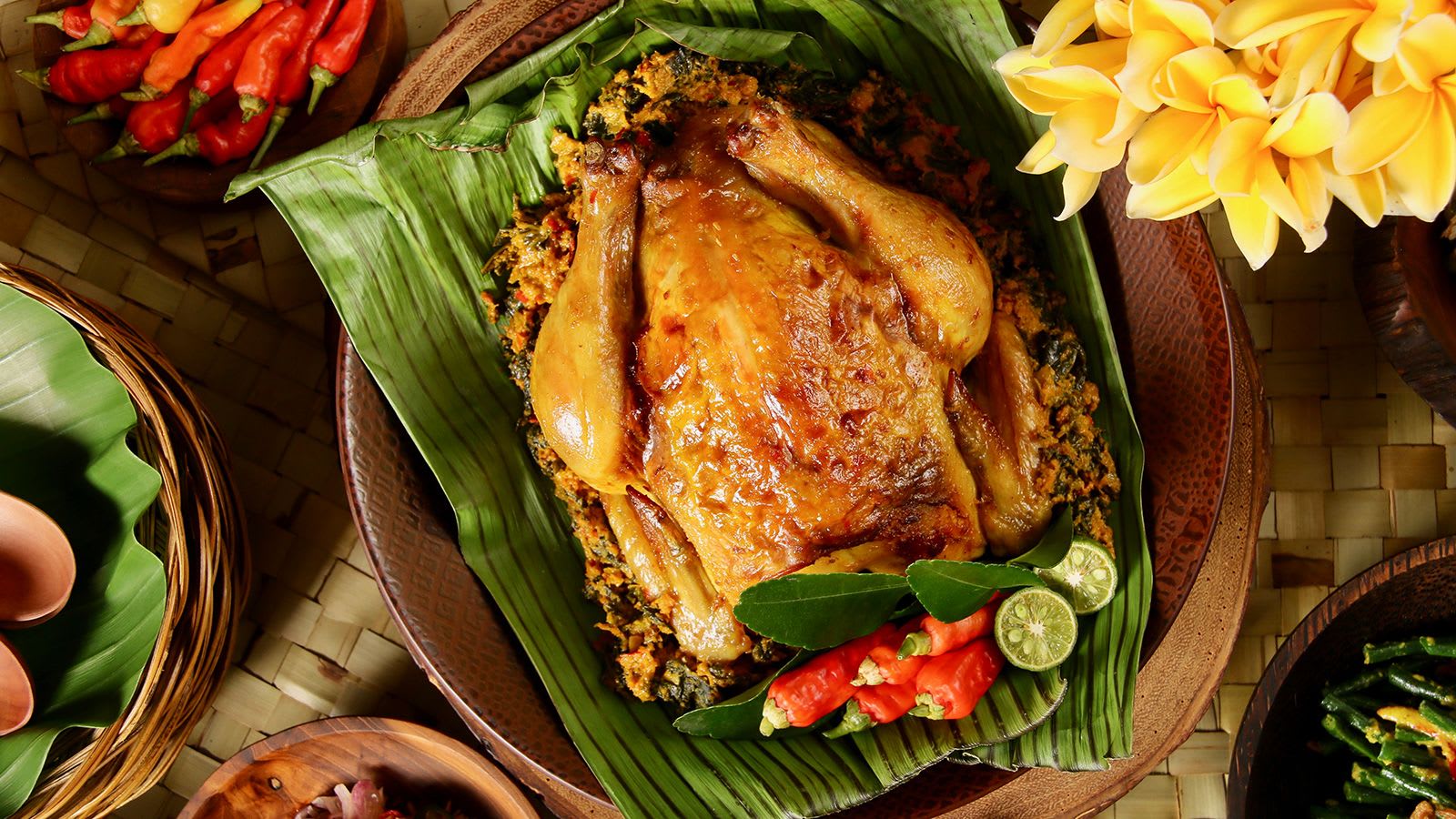
يحظى هذا الطبق الإندونيسي المصنوع من دجاجة كاملة بشعبيةٍ كبيرة في جزيرتي بالي ولومبوك على وجه الخصوص.
وهو محشو بمعجون من التوابل العطرية الغنية يُدعى "بيتوتو"، والذي يتضمن عادةً مزيجًا من الفلفل الحار الطازج، ونبات الخولنجان الجذري المرتبط بالزنجبيل، والثوم، والكركم، ومعجون الروبيان، وغيرها من المكونات.
ومن ثم يُلف الدجاج بأوراق الموز ويُطهى على البخار.
"أغواتشيليس" الروبيان، المكسيك
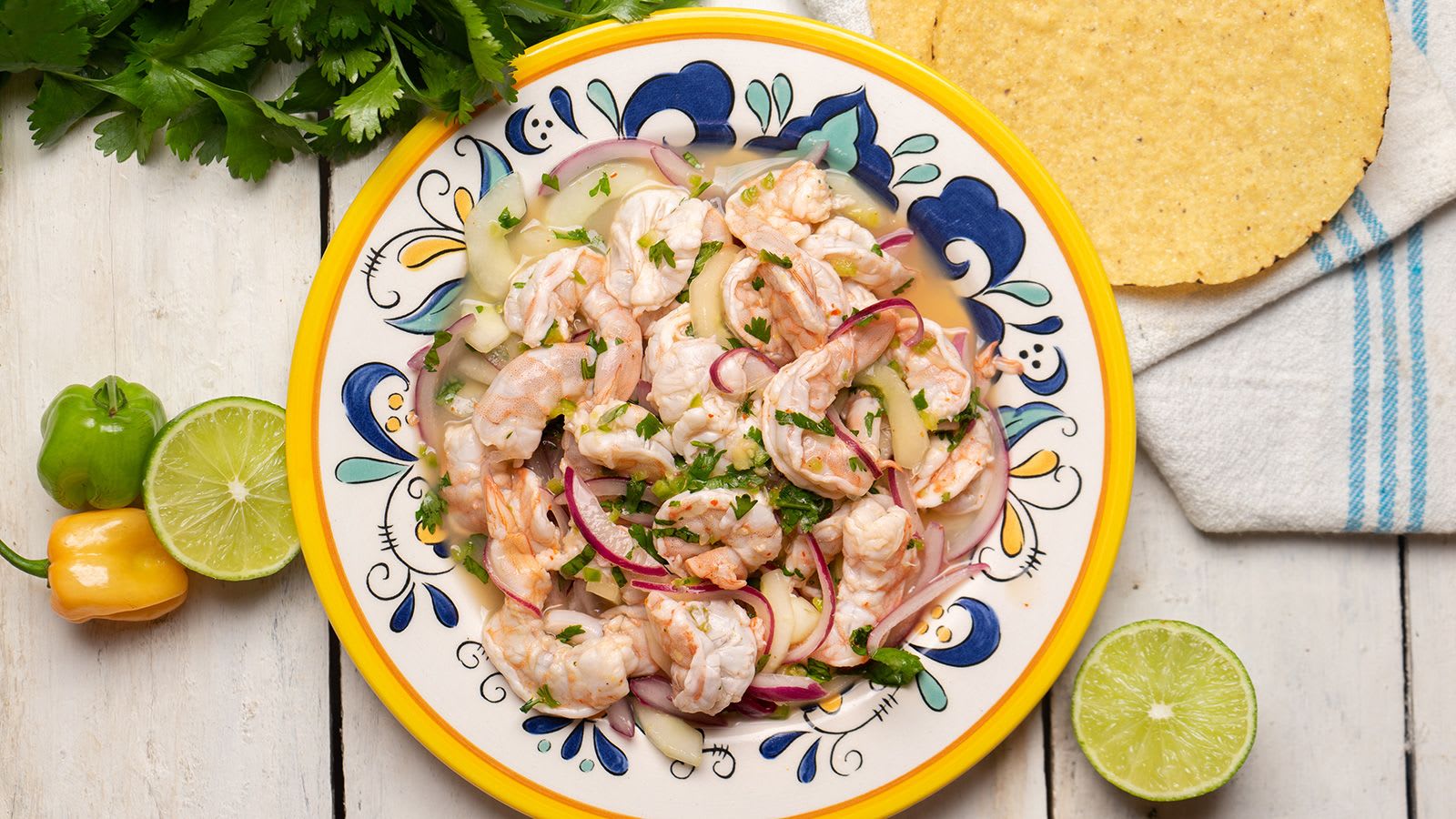
يُعد طبق الروبيان النيئ المتبل هذا من ولاية سينالوا غرب المكسيك وجبة أساسية على طول شبه جزيرة "باخا" أيضًا.
ويكمن السحر بفلفل "شيلتبين" الصغير ولكن قوي النكهة، والذي ينمو في جميع أنحاء الولايات المتحدة والمكسيك.
ويُغمس الروبيان مع مكونات تشمل عصير الليمون، والكزبرة، والبصل الأحمر، والخيار.
معكرونة بيني "أرابياتا"، إيطاليا
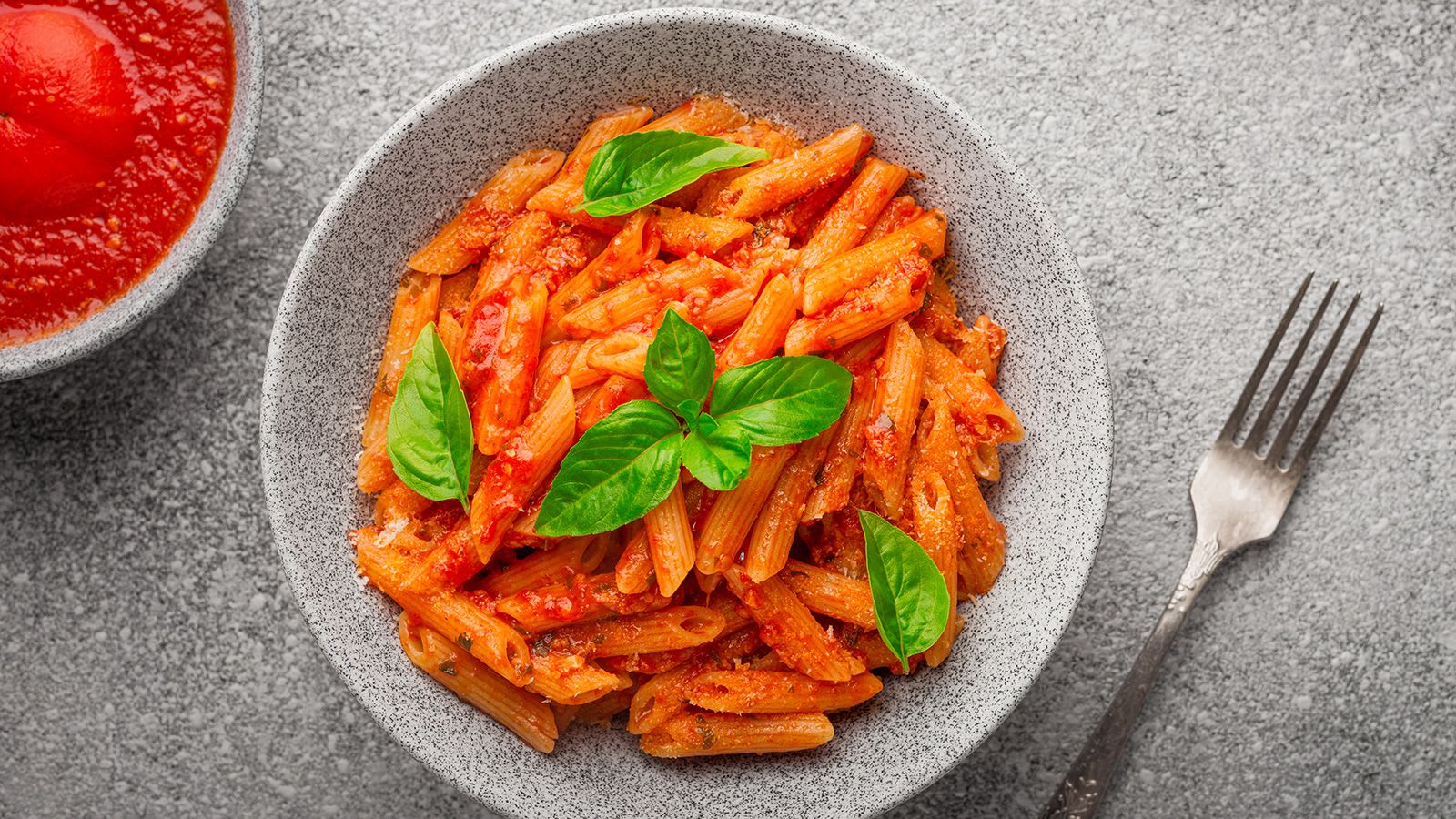
تُترجم كلمة "أرابياتا" الإيطالية إلى "غاضب".
ويّمزج هذا الطبق بين معكرونة "بيني" البسيطة نسبيًا والنكهات النارية لصلصة "سوجو ألارابياتا" .
والفلفل الأحمر الحار هو ما يجعل هذه الصلصة حارة.
"مابو توفو"، الصين
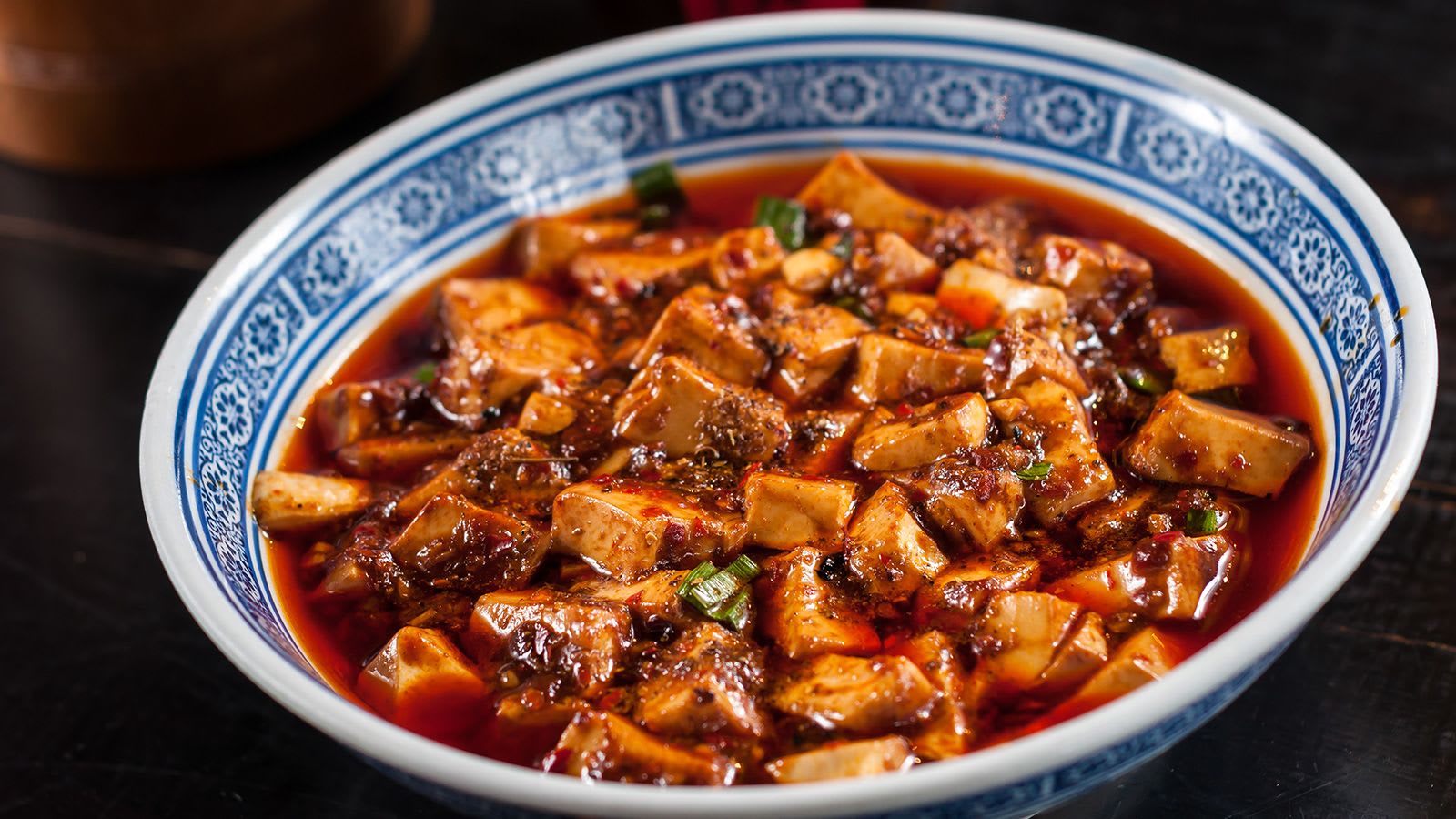
تُشكّل حبات فلفل "سيتشوان" التي تخدر الفم عنصرًا مهمًا لهذا الطبق الشهير من مقاطعة سيتشوان الصينية.
ويمزج الطبق بين قطع من التوفو الحريري، واللحم المفروم (لحم الخنزير أو اللحم البقري)، ومعجون "دوبانجيانغ" المصنوع من الفاصوليا المتخمرة الحارة.
ويمكن أن يكون اللون الأحمر الناري لهذا الطبق بمثابة تحذير للمبتدئين، فالنكهة المميزة لمطبخ سيتشوان، أي málà، تتمتع بتأثير مُخدِّر على الفم يقسم الناس ما بين محب وكاره له.
"فيندالو"، الهند
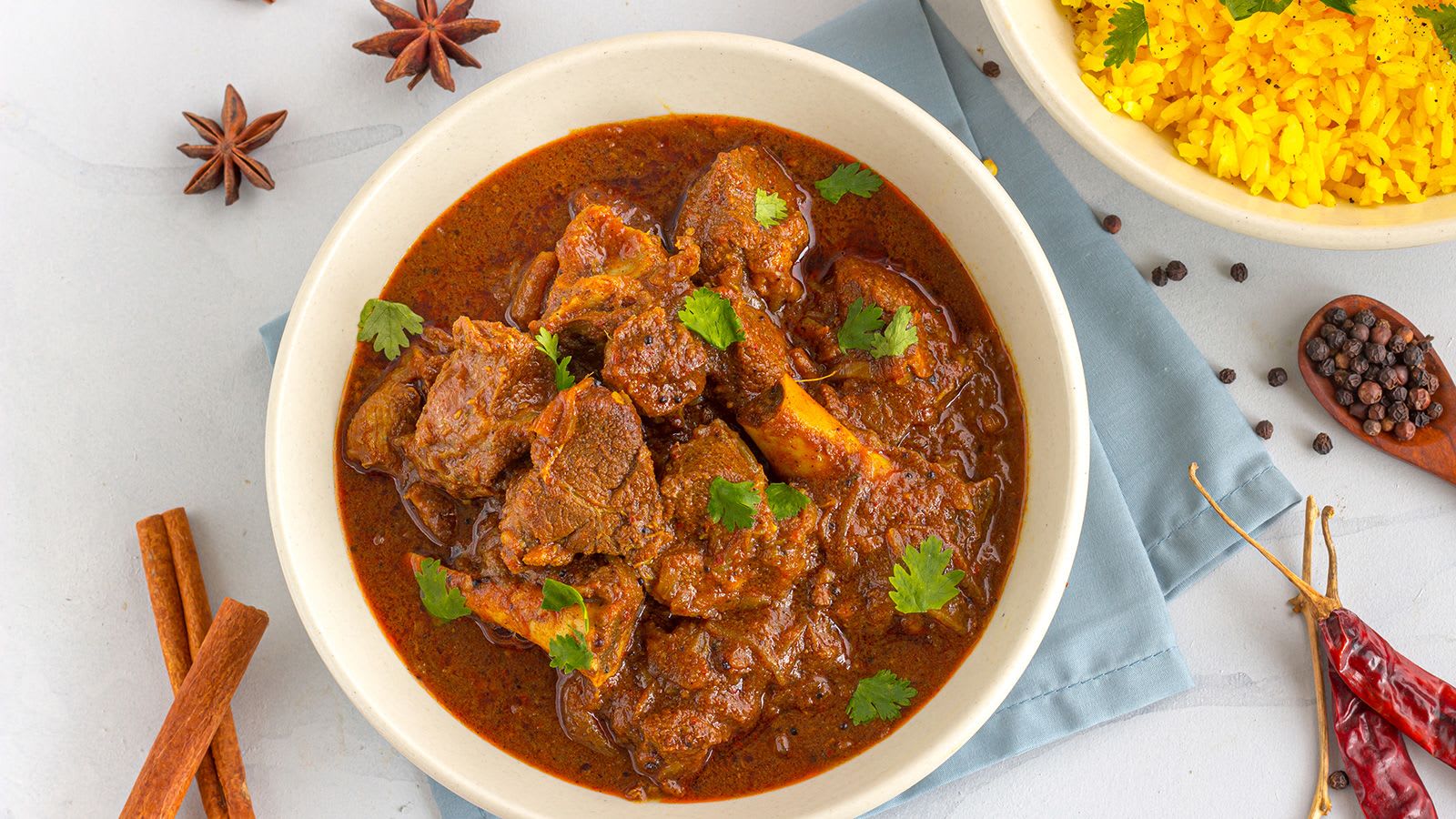
يُعد "فيندالو" طبقًا متأثرًا بالثقافة البرتغالية من ولاية جوا جنوب غرب الهند. ولم يكن من المفترض أن يكون حارًا في الأصل، وفقًا لما قاله دوت.
وشرح دوت: "كانت تحتوي في الأصل على لحم الخنزير، والبطاطس، والخل".
ولكن عند التعريف بالطبق إلى بيوت الكاري في المملكة المتحدة، والتي كان يديرها في الغالب طهاة مسلمون من بنغلاديش، بحسب دوت، استُبدِل لحم الخنزير بلحم البقر، أو الدجاج، أو لحم الضأن، وتطور الطبق إلى "كاري" أكثر حرارة.

